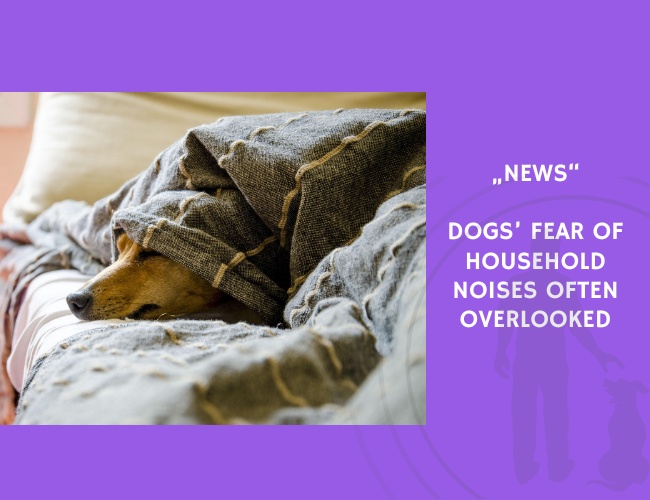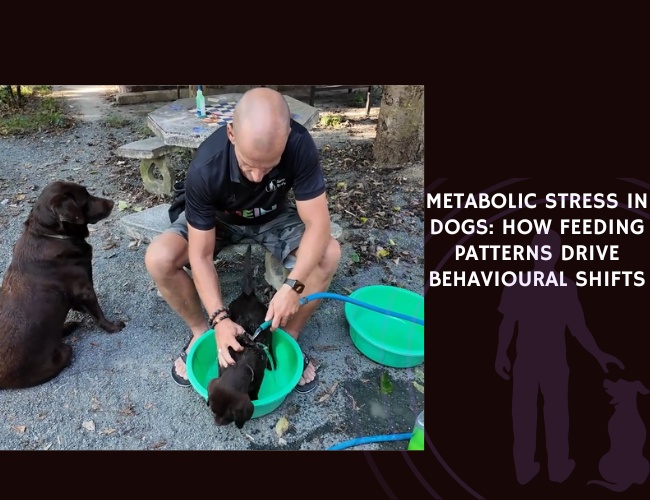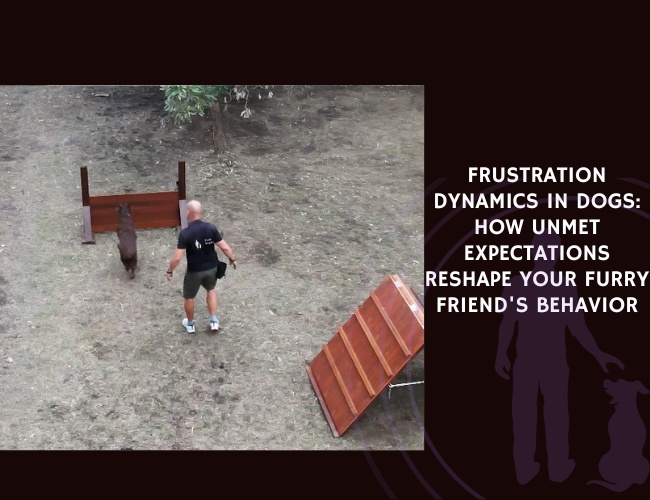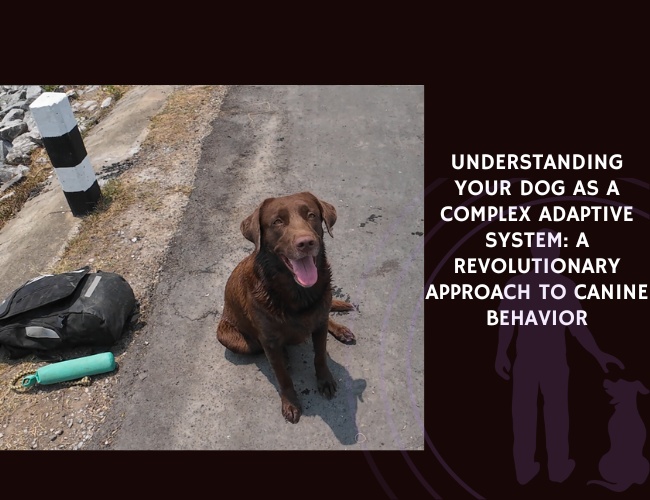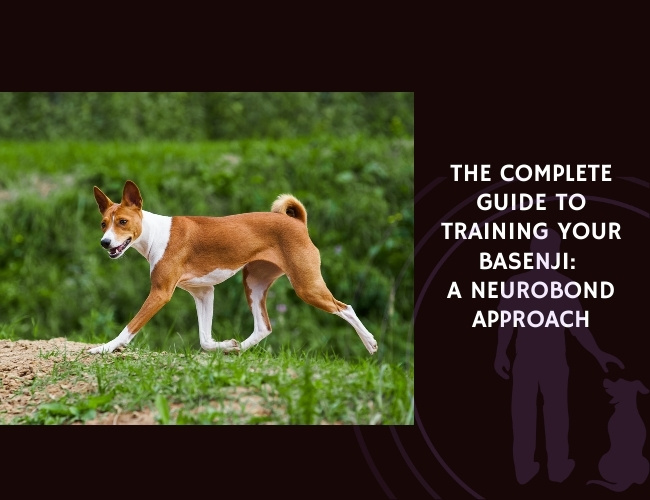E. Grigg, J. Chou, E. Parker, A. Gatesy-Davis, S. T. Clarkson, and L. A. H. (Geyer) (2021) examined how companion dogs respond to everyday household noises and how owners perceive these reactions. While prior research has largely focused on dramatic noises such as fireworks and thunderstorms, this study looked at more routine sounds like vacuum cleaners, kitchen appliances, and alarms.
Through surveys of 386 dog owners and analysis of 62 online videos, the researchers found that numerous signs of canine fear and anxiety—such as cowering, trembling, fleeing, or lip licking—were triggered by both daily and irregular household noises. Dogs reacted more strongly to high-frequency intermittent sounds, such as smoke alarms or beeping devices, compared to low-frequency continuous noises like fans or washing machines.
A key finding was that many owners underestimated the severity of their dogs’ fear responses. In the videos, most humans responded with amusement rather than concern, often interpreting distressed behaviors as humorous. Few expressed awareness of welfare implications, indicating a gap in understanding canine communication.
The authors emphasize the importance of educating dog owners to recognize subtle body language that signals stress and anxiety. Misinterpreting or dismissing these signals risks worsening anxiety-related behavior problems and undermines canine welfare. By learning to identify stress indicators, owners can better protect their dogs from unnecessary distress and create a safer, calmer home environment.
Source: Grigg, E., Chou, J., Parker, E., Gatesy-Davis, A., Clarkson, S. T., & (Geyer), L. A. H. (2021). Stress-Related Behaviors in Companion Dogs Exposed to Common Household Noises, and Owners’ Interpretations of Their Dogs’ Behaviors. Journal: Frontiers in Veterinary Science, Volume 8. Publication Date: 2021-11-08. Authors: E. Grigg, J. Chou, E. Parker, A. Gatesy-Davis, S. T. Clarkson, L. A. H. (Geyer). References: 49. Citations: 21.

